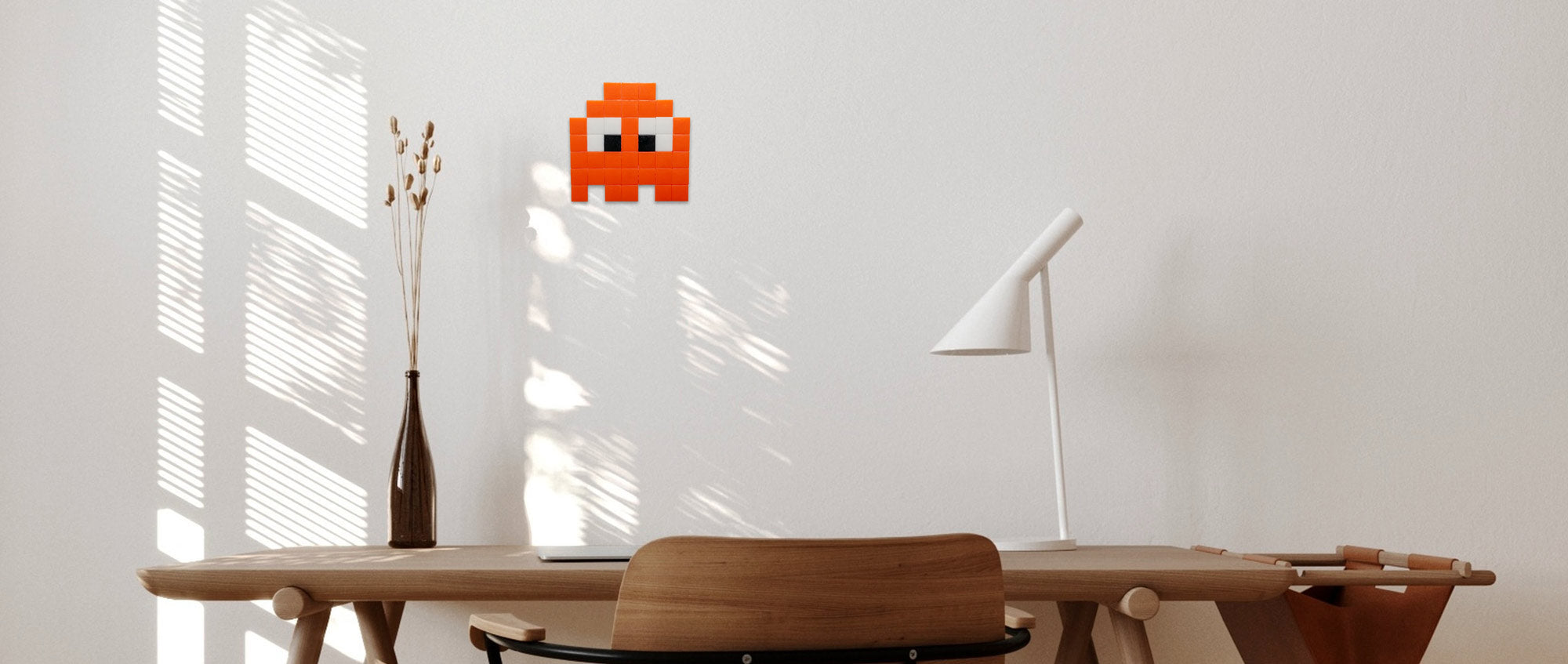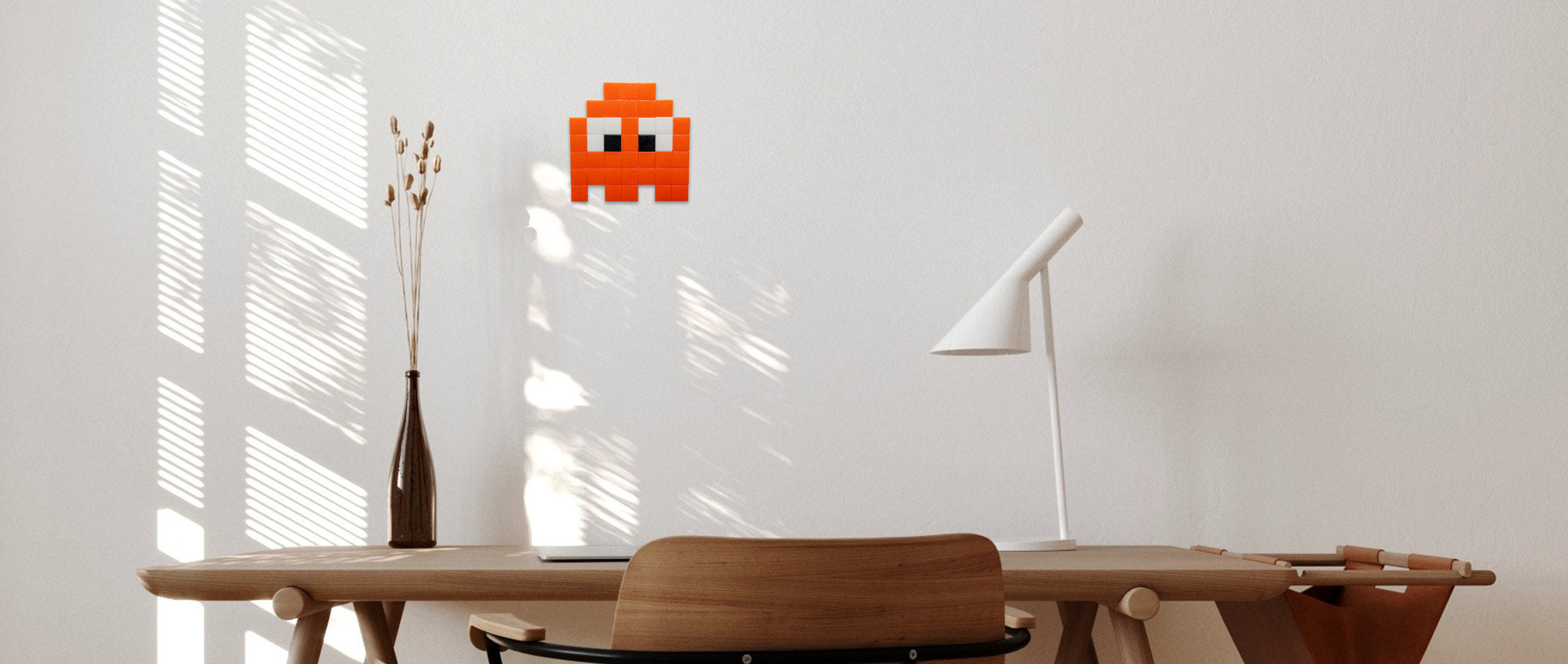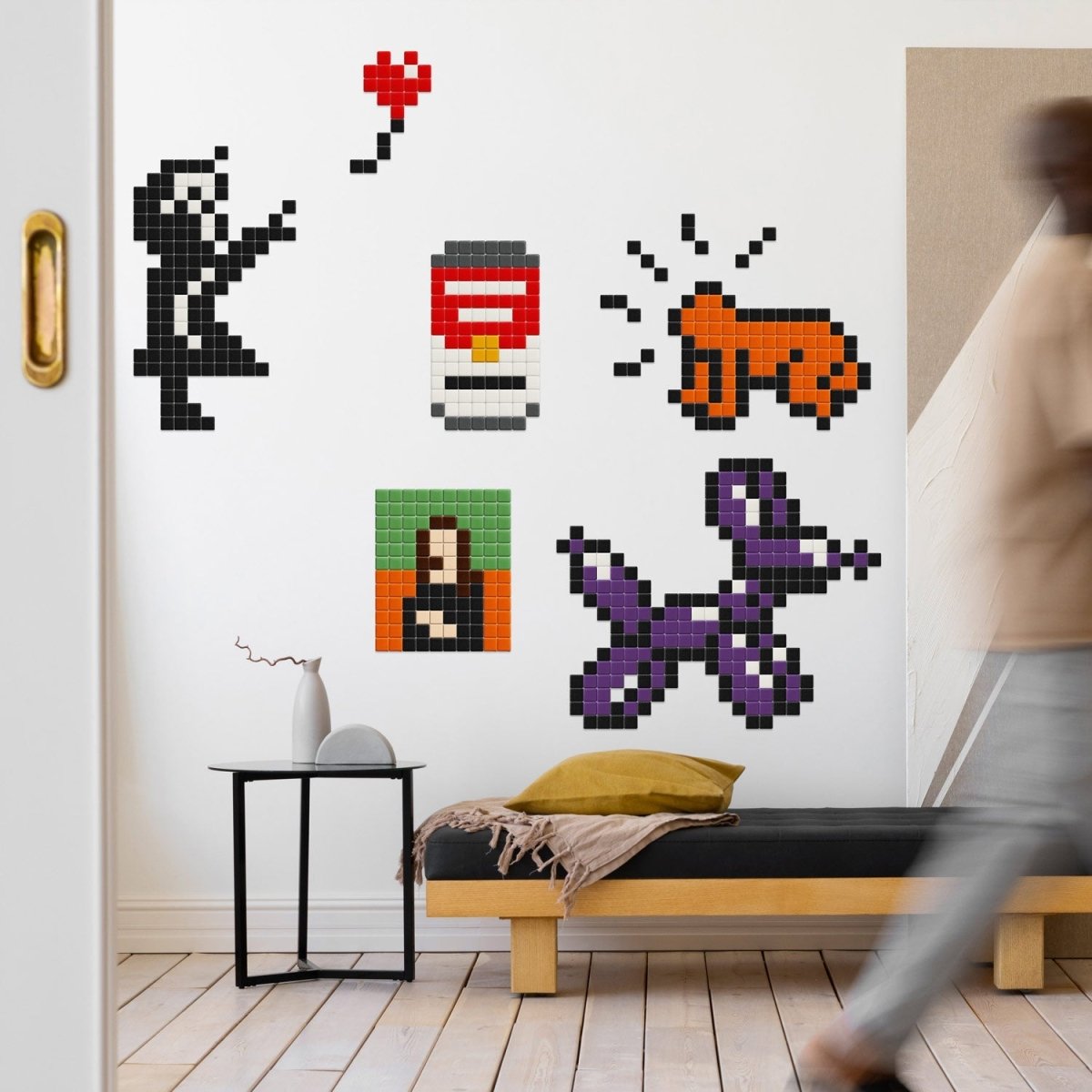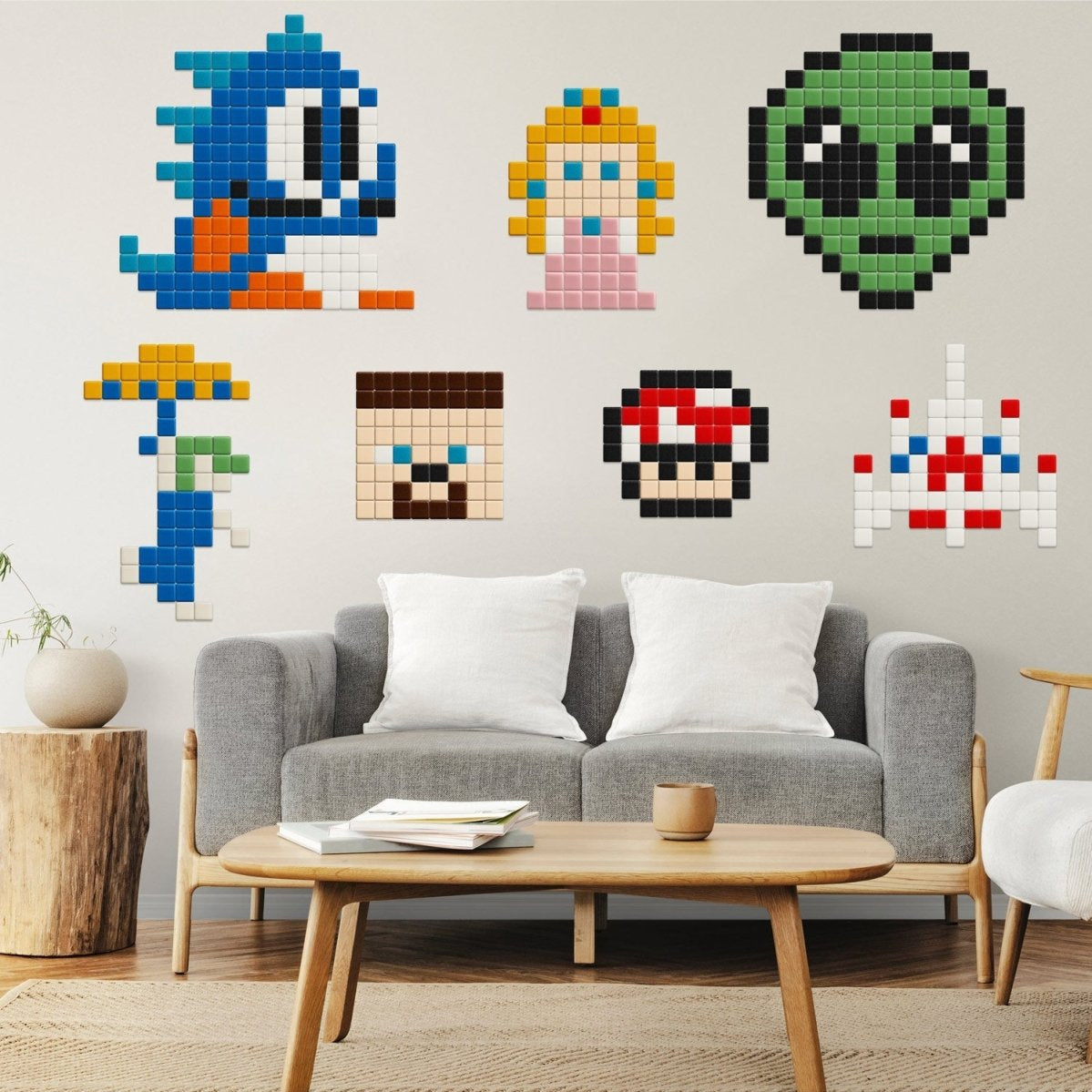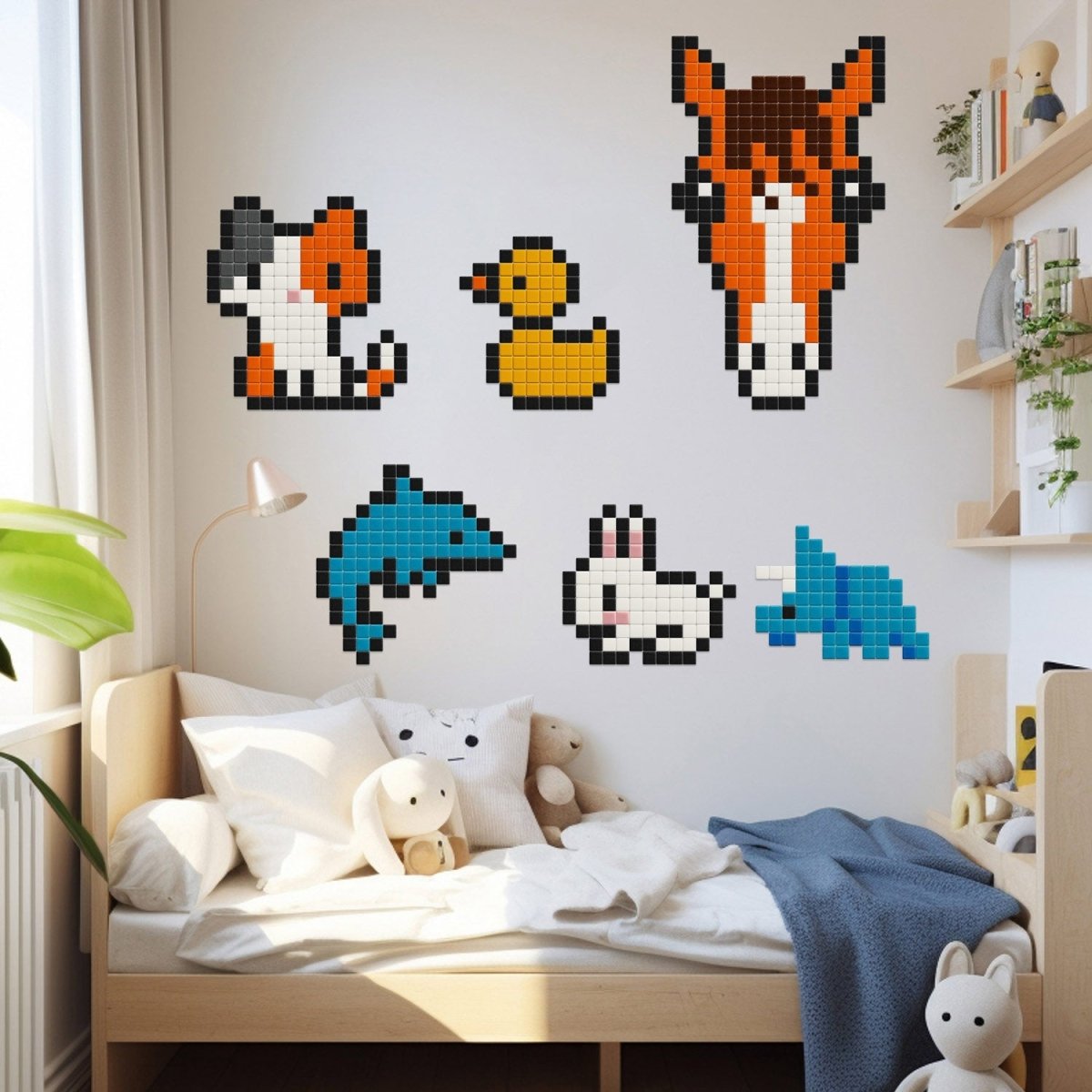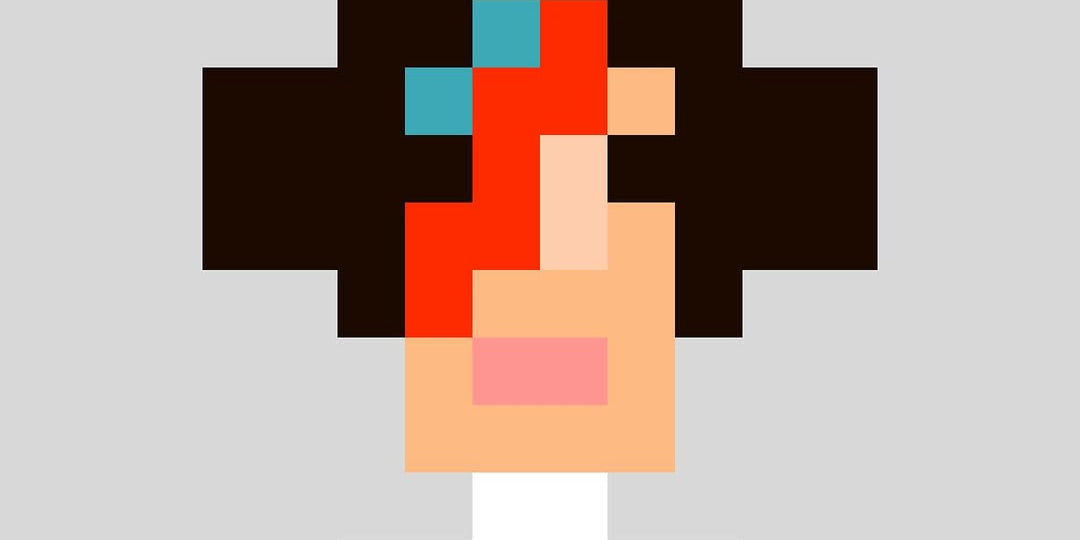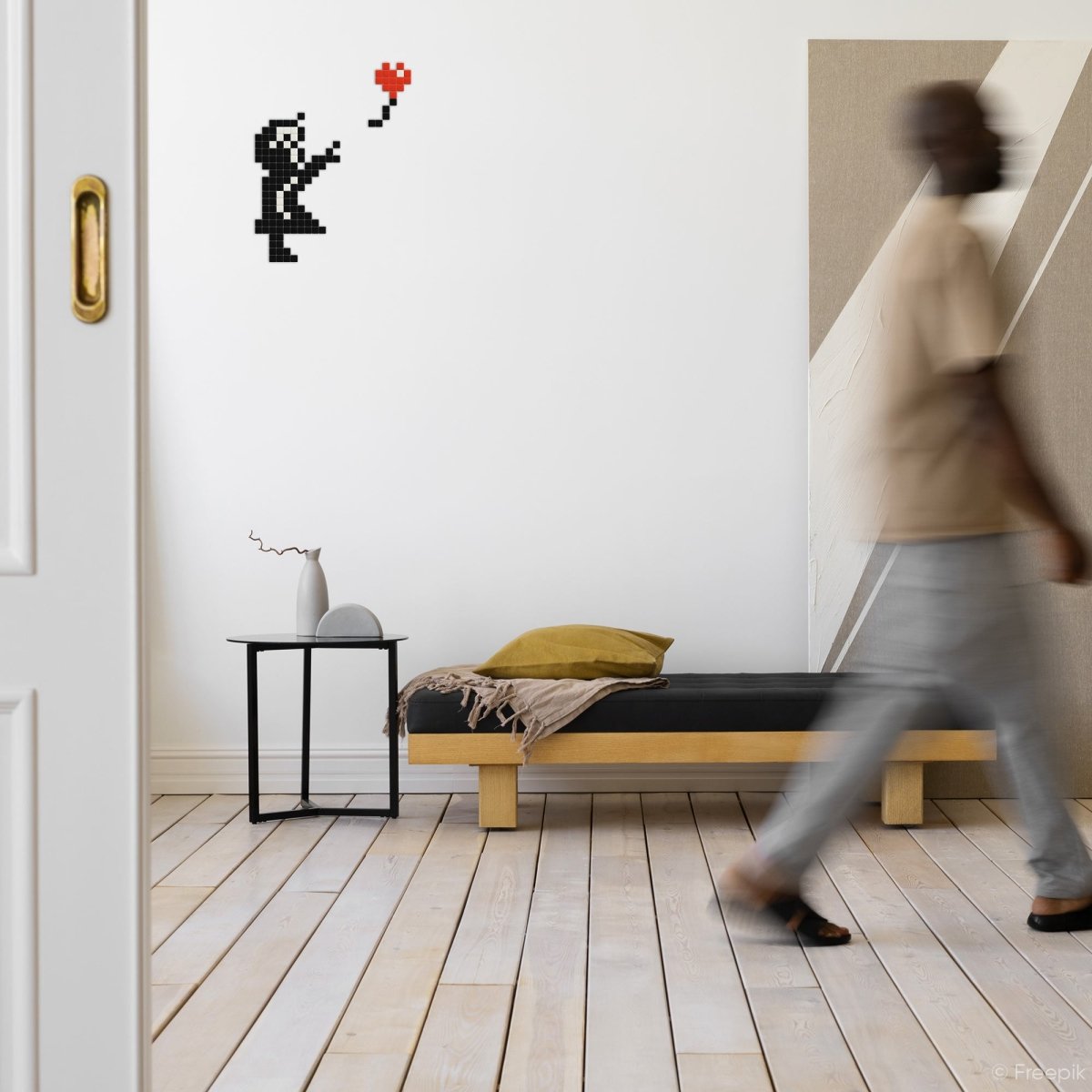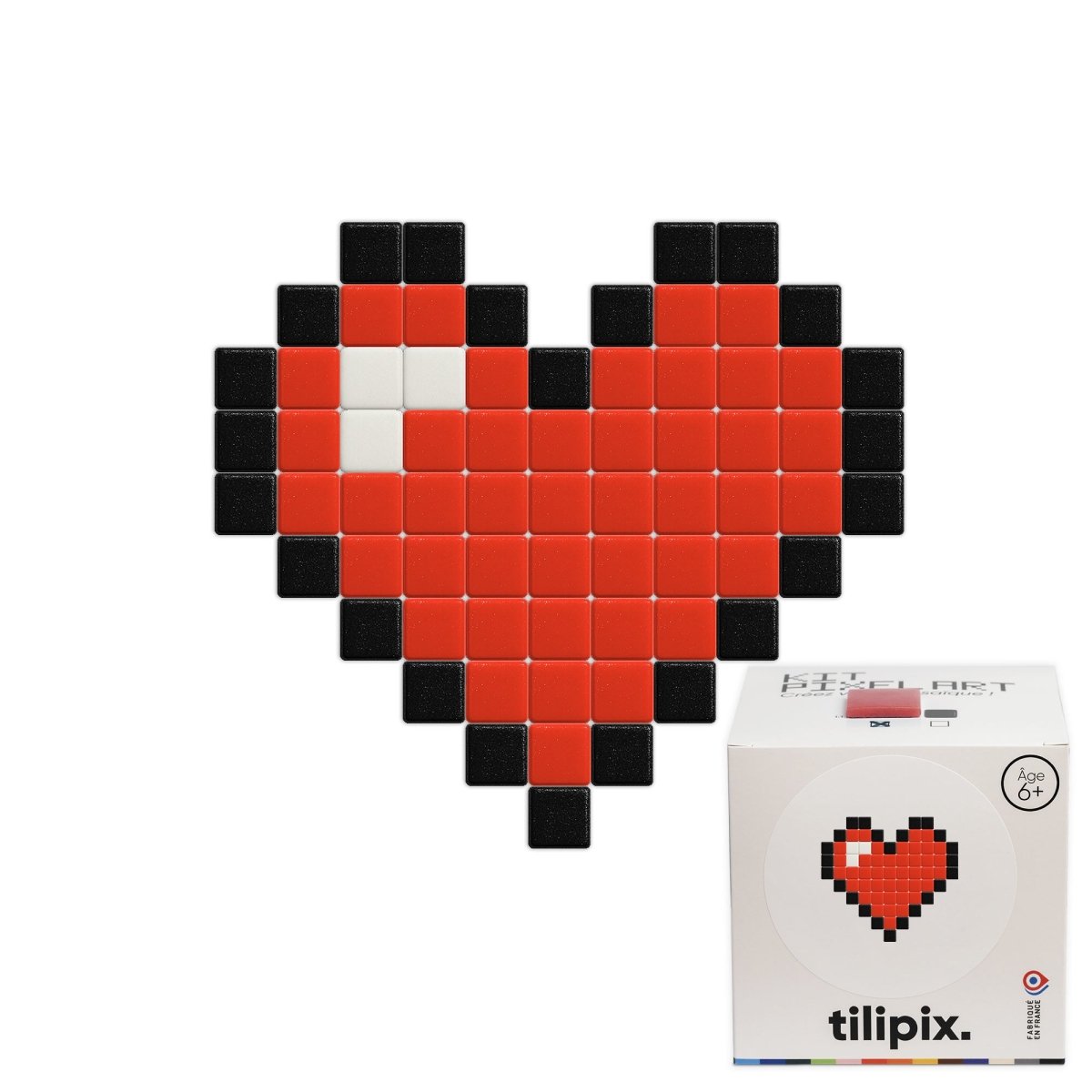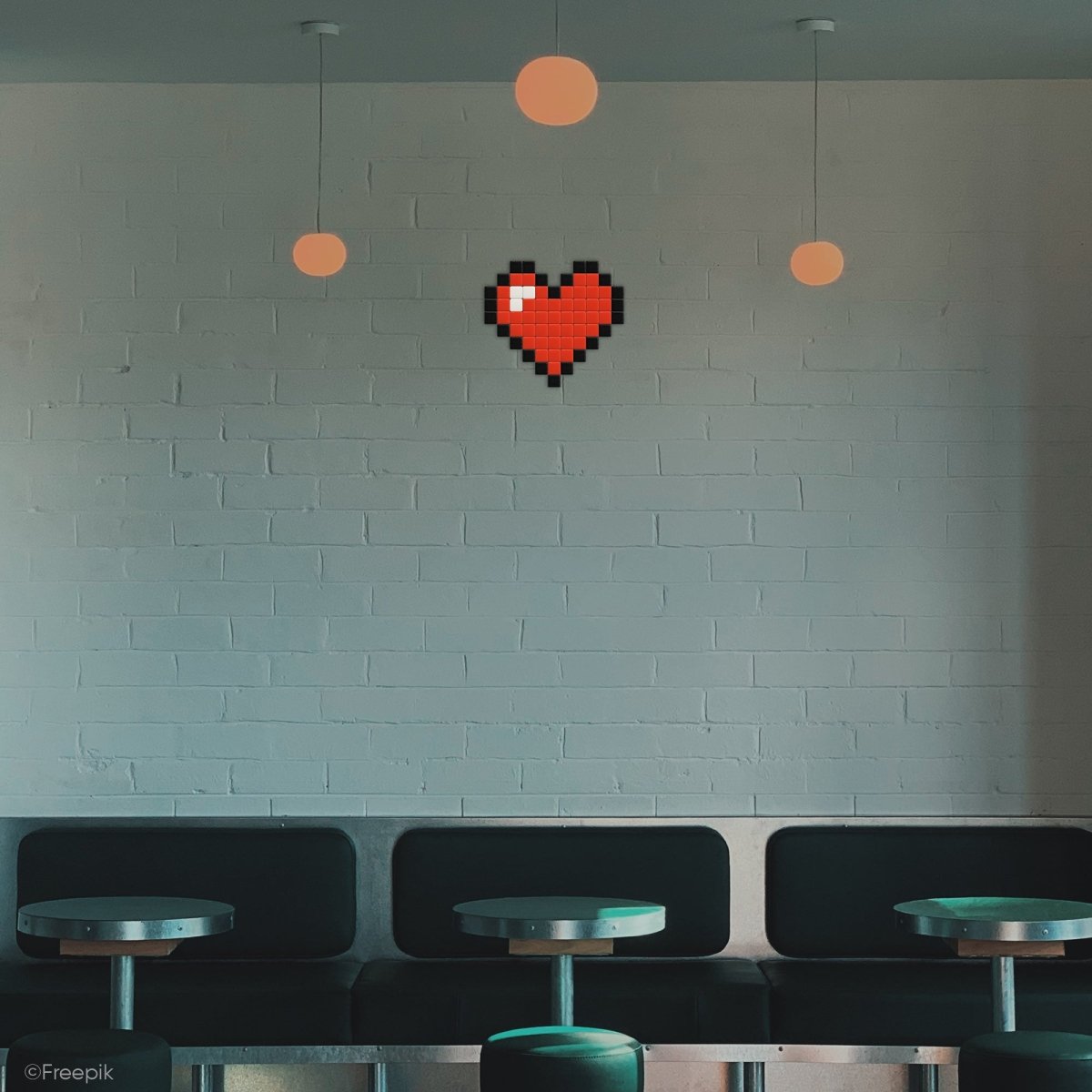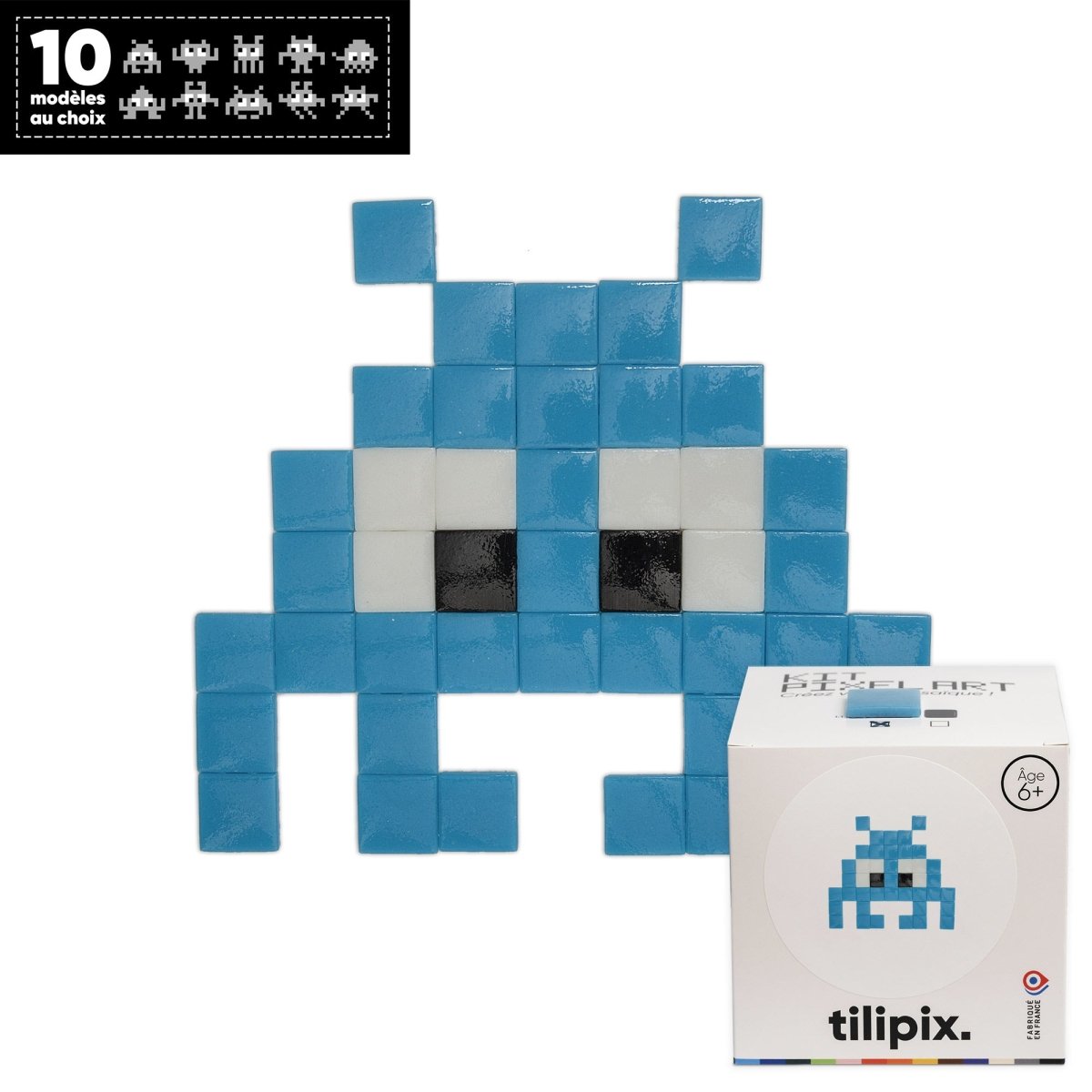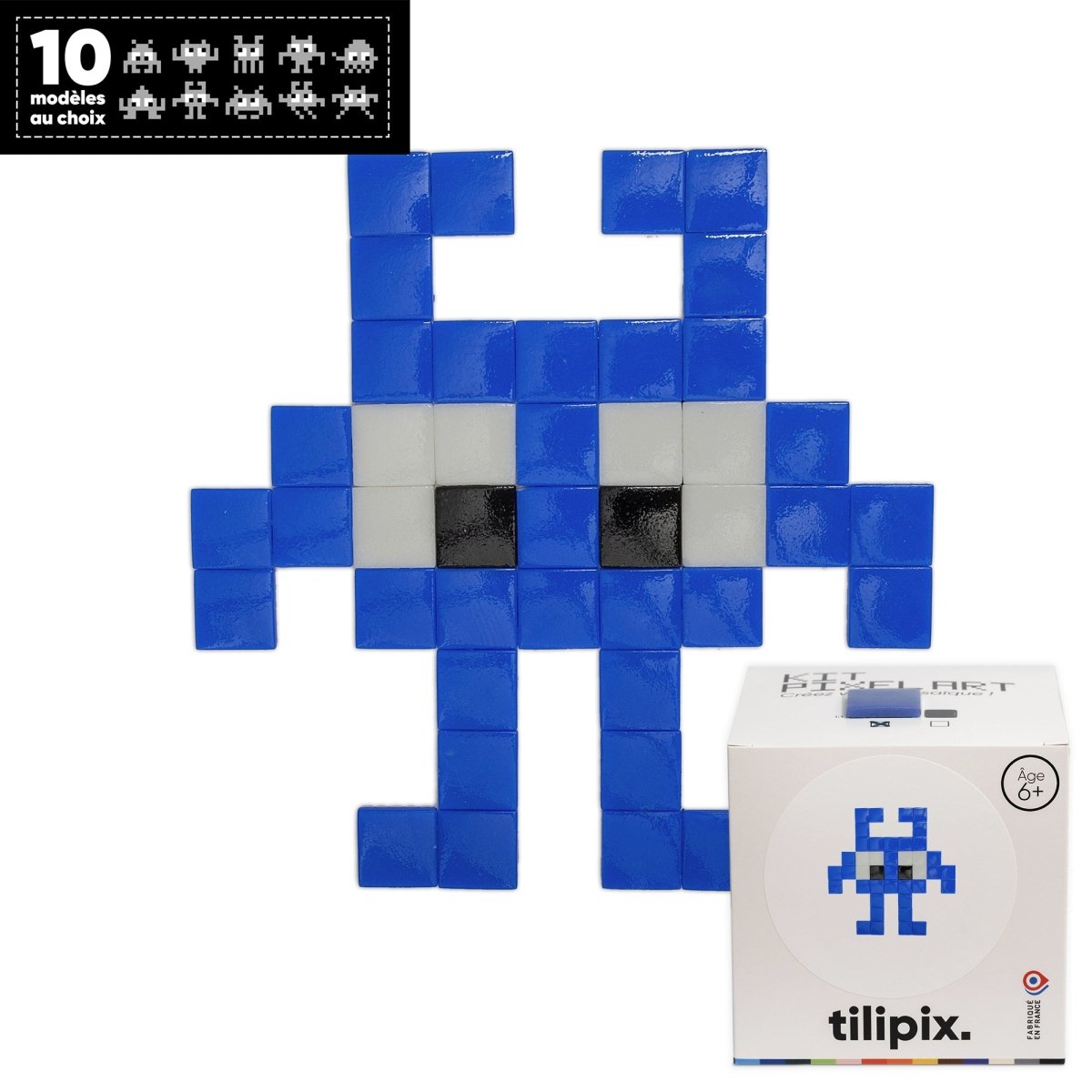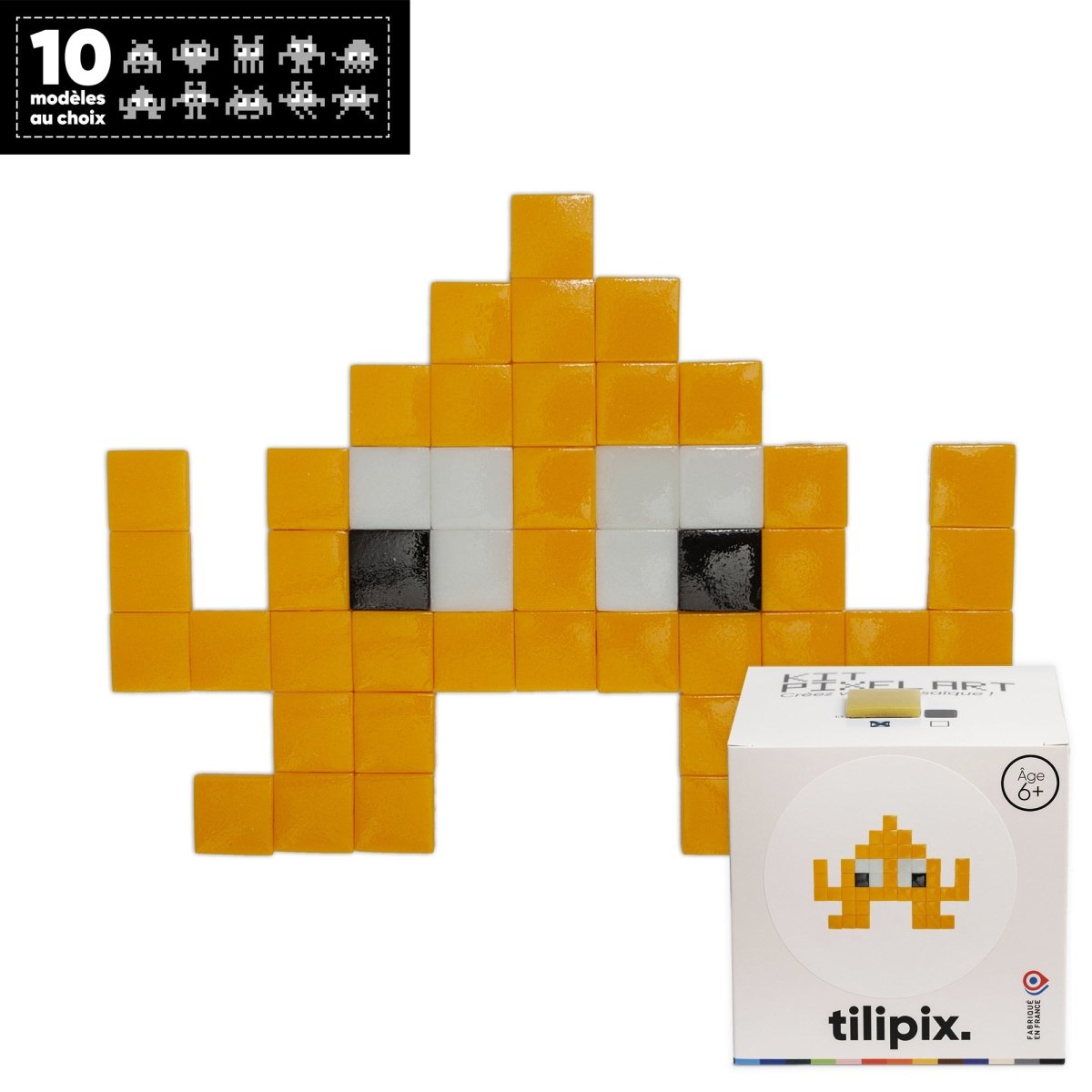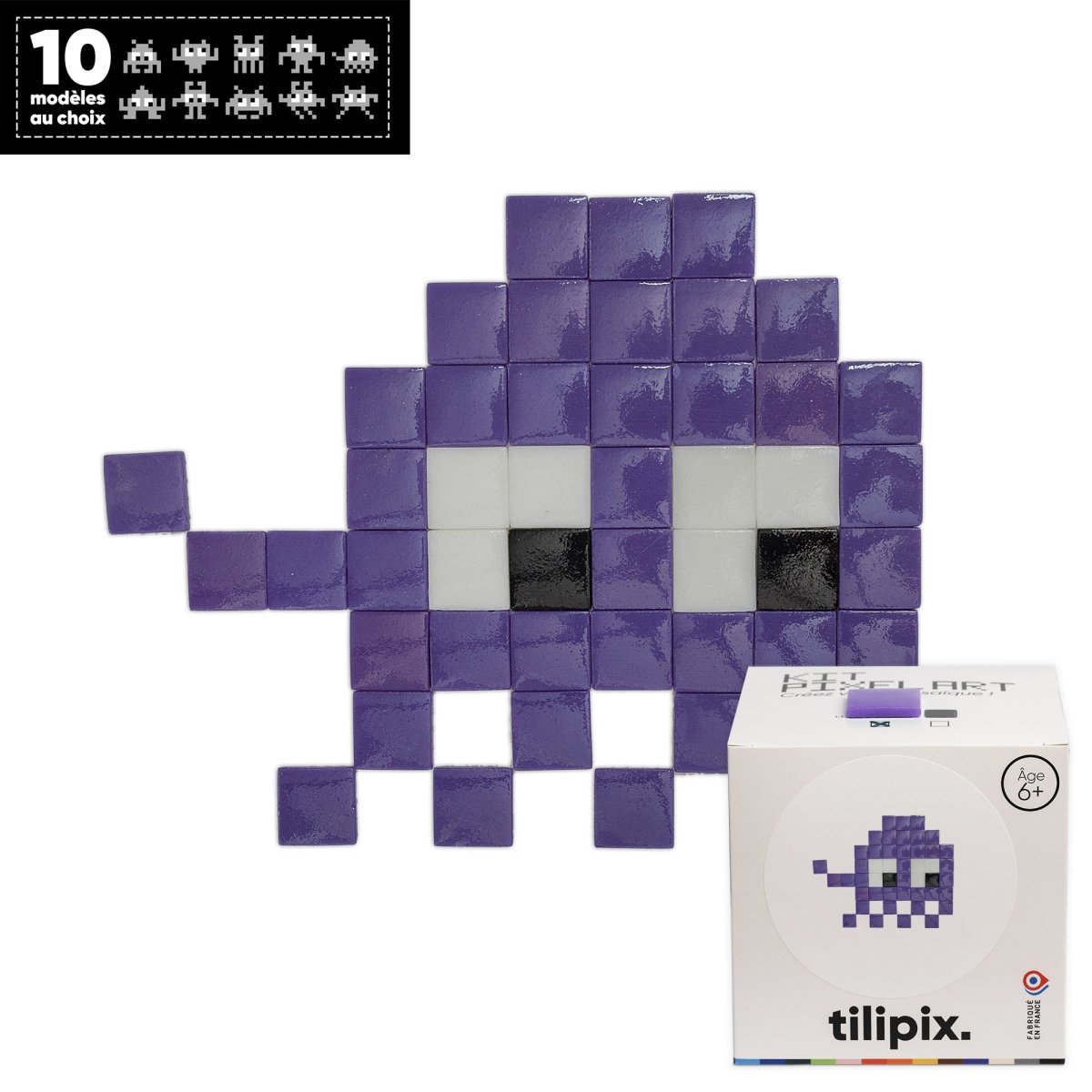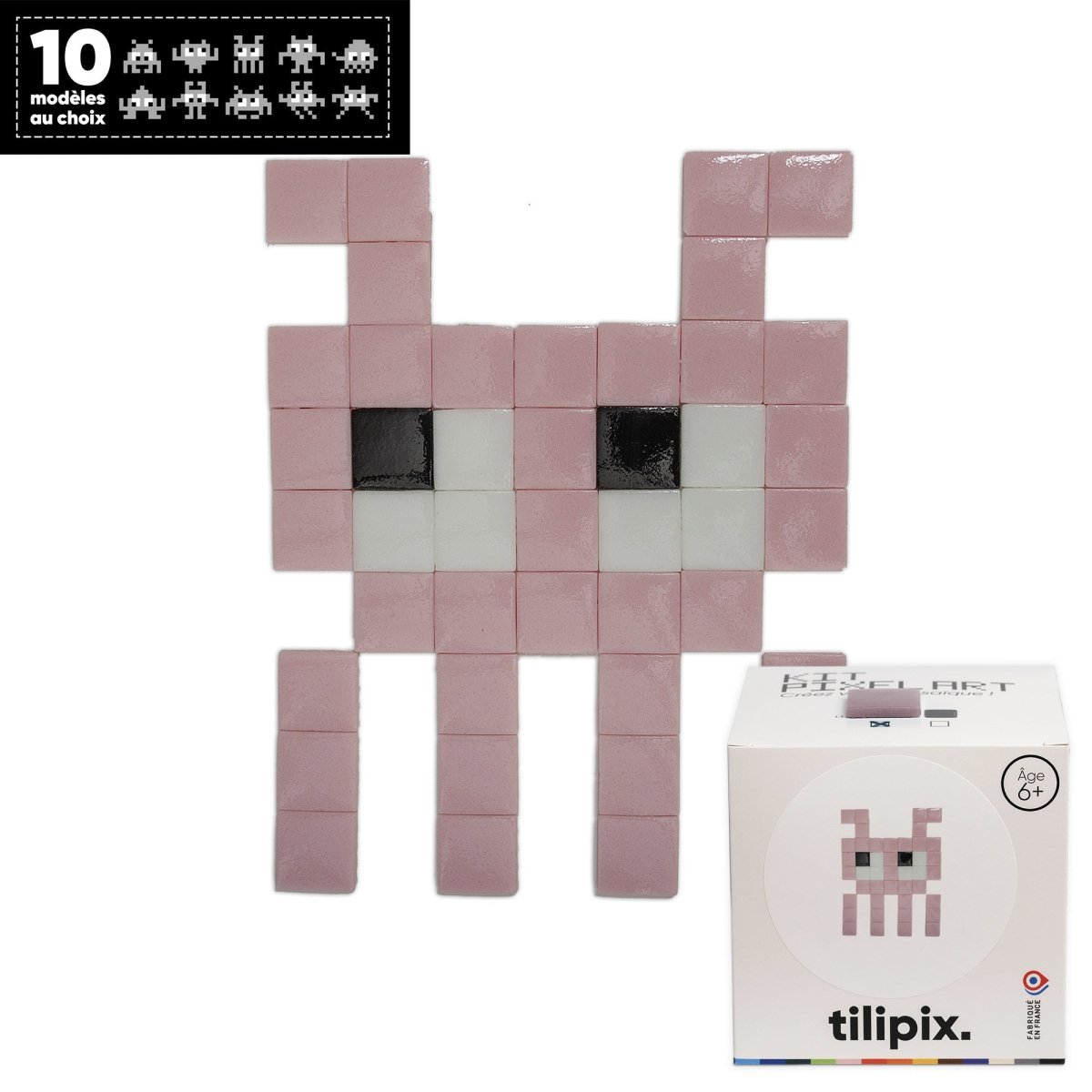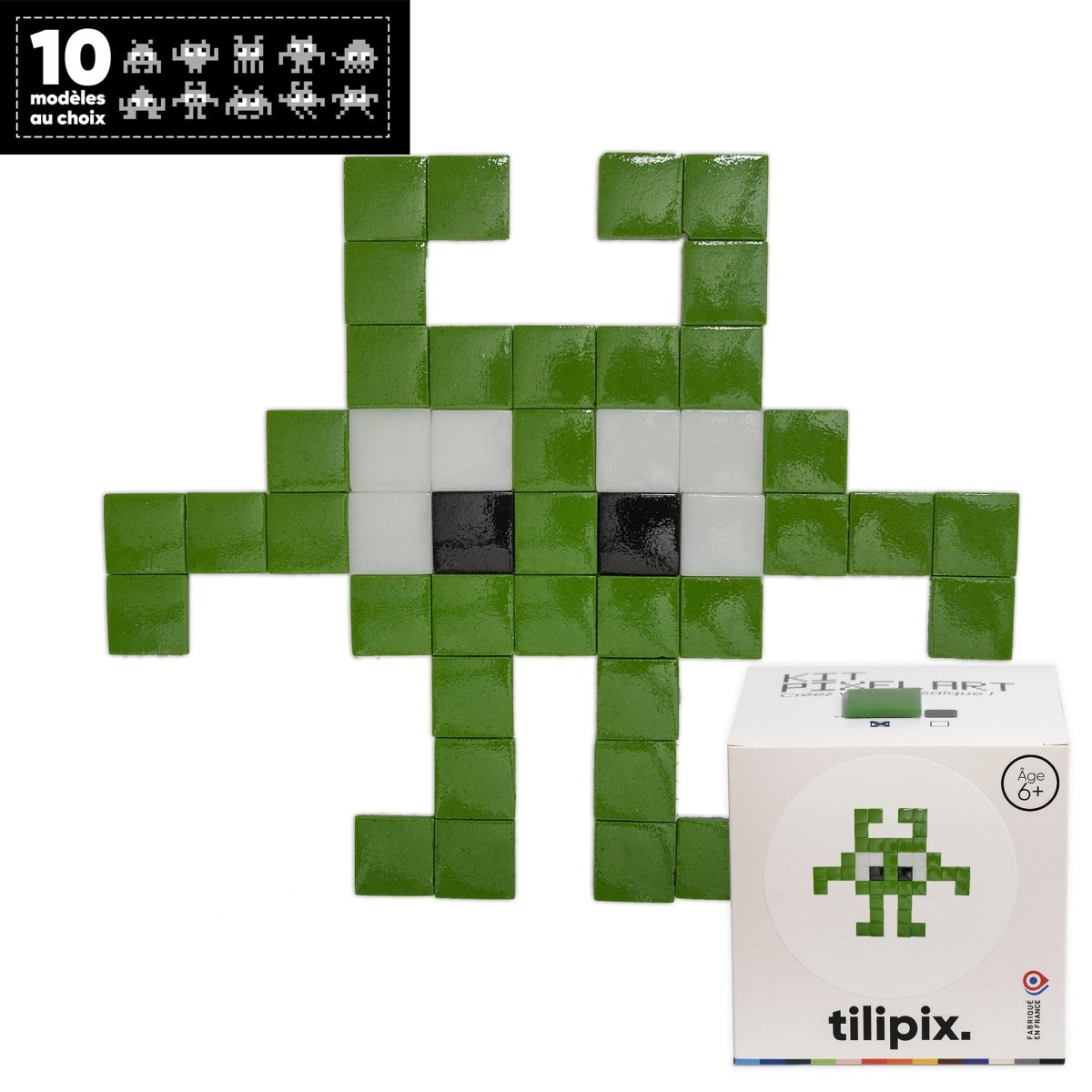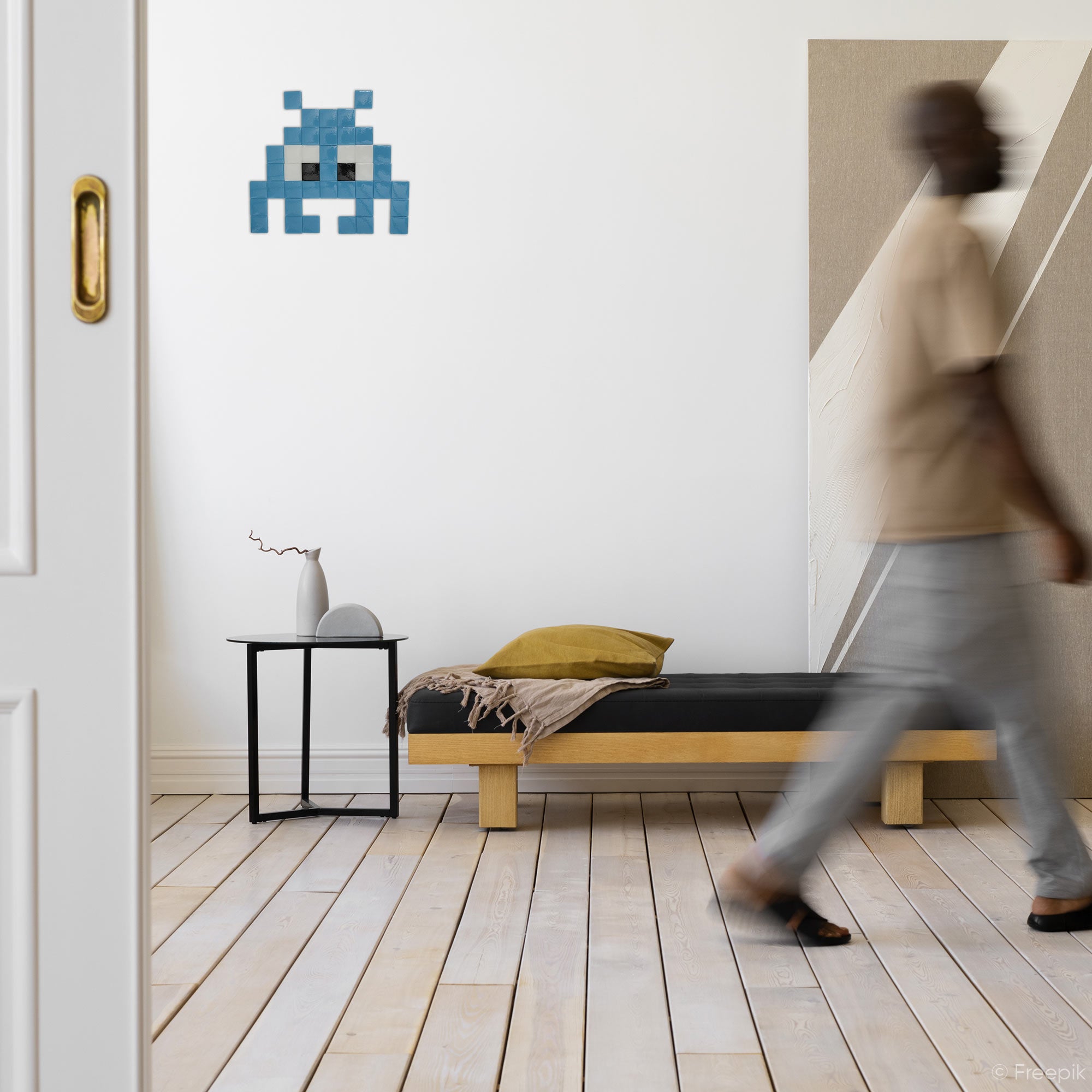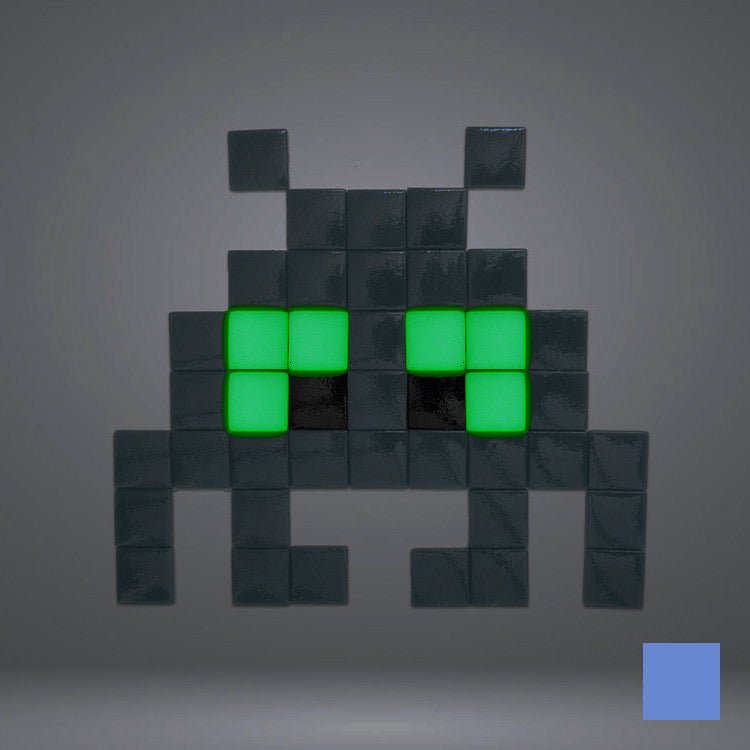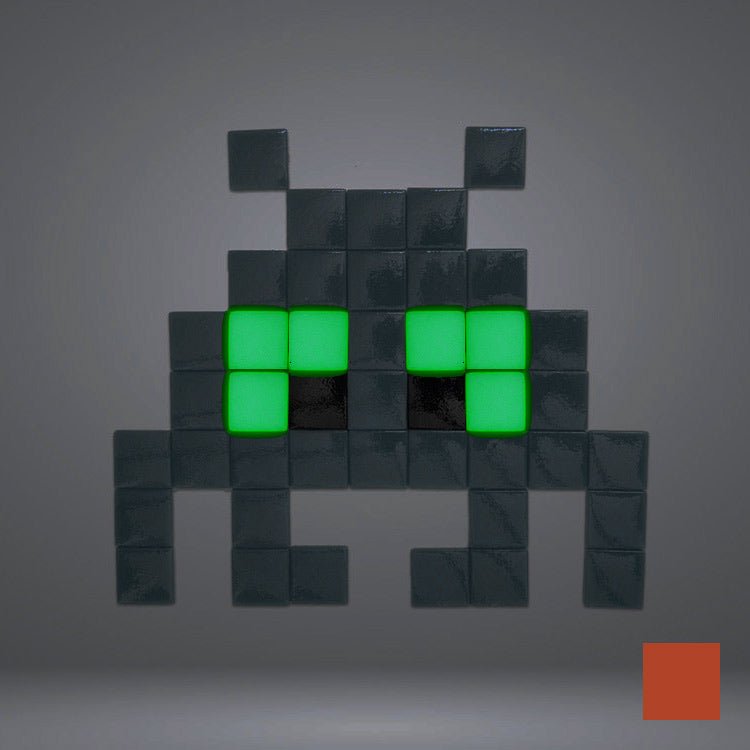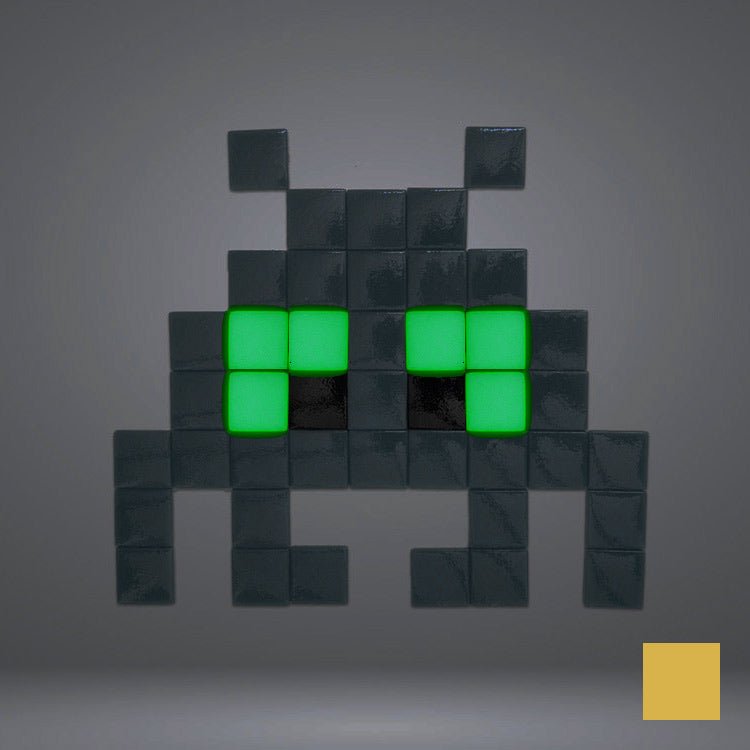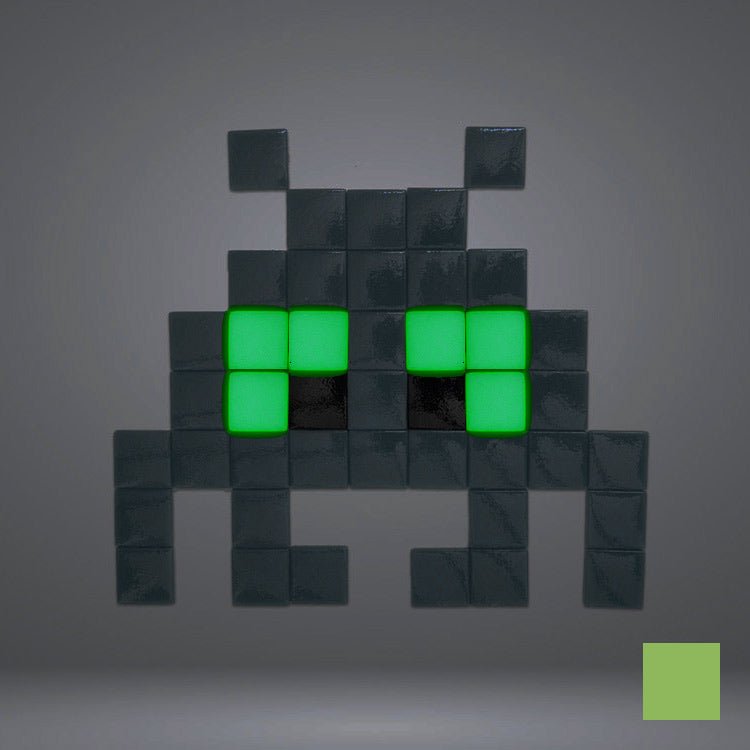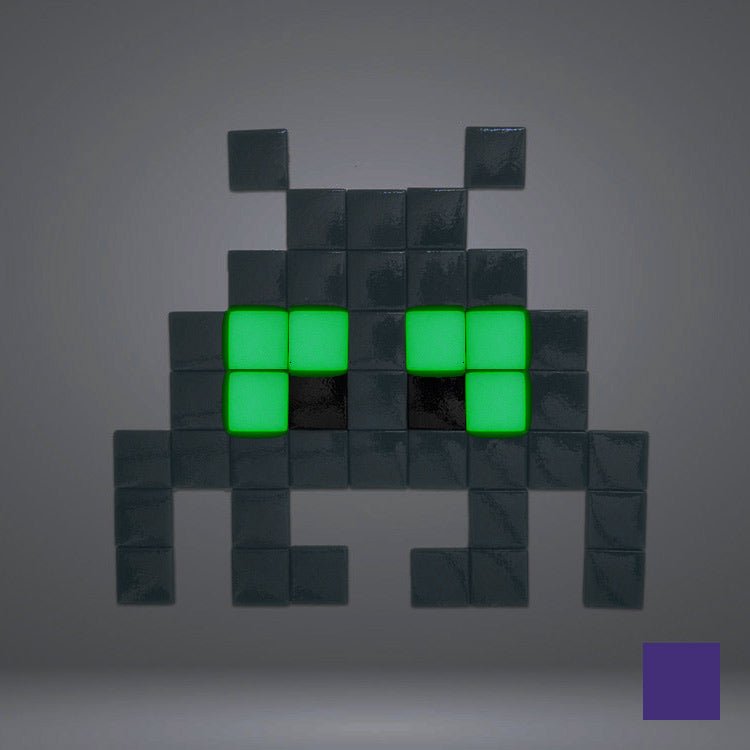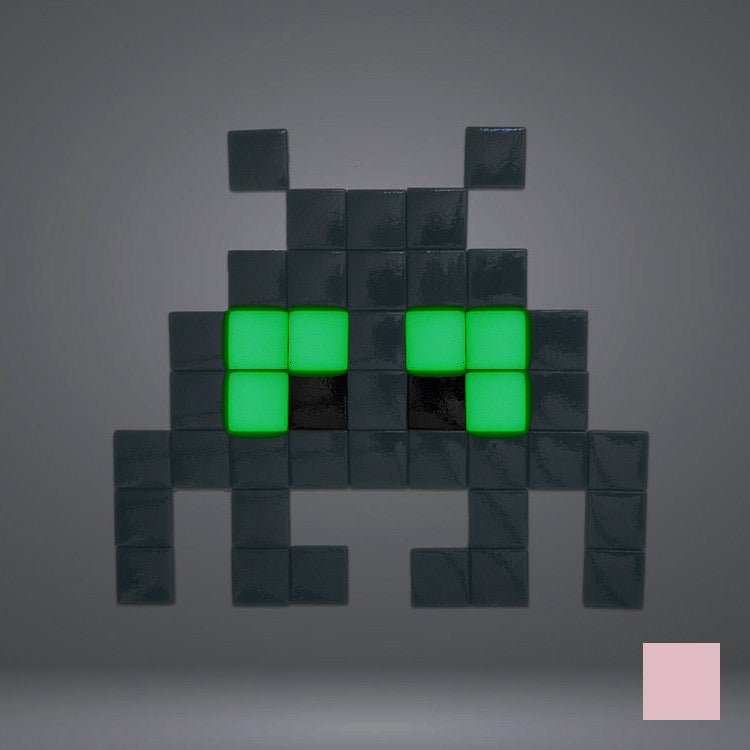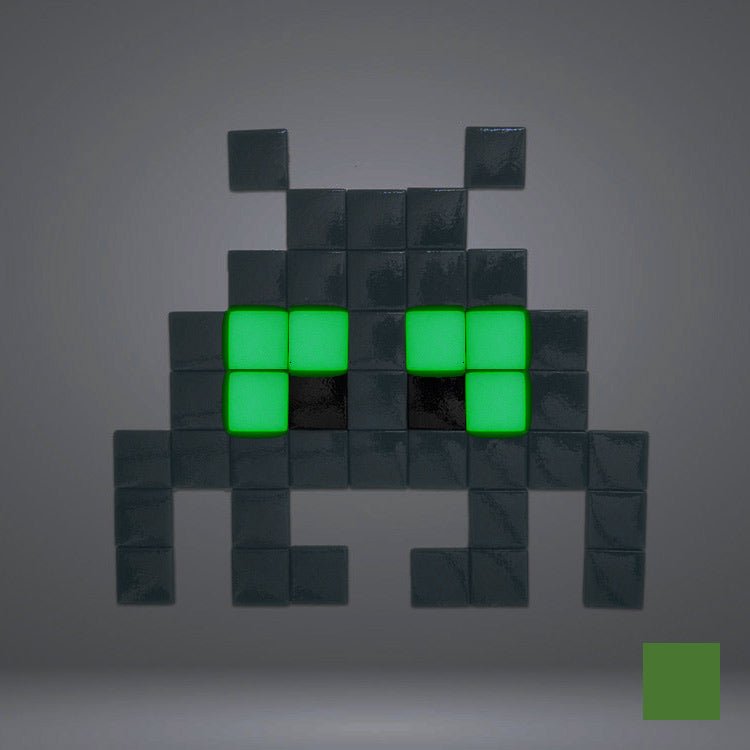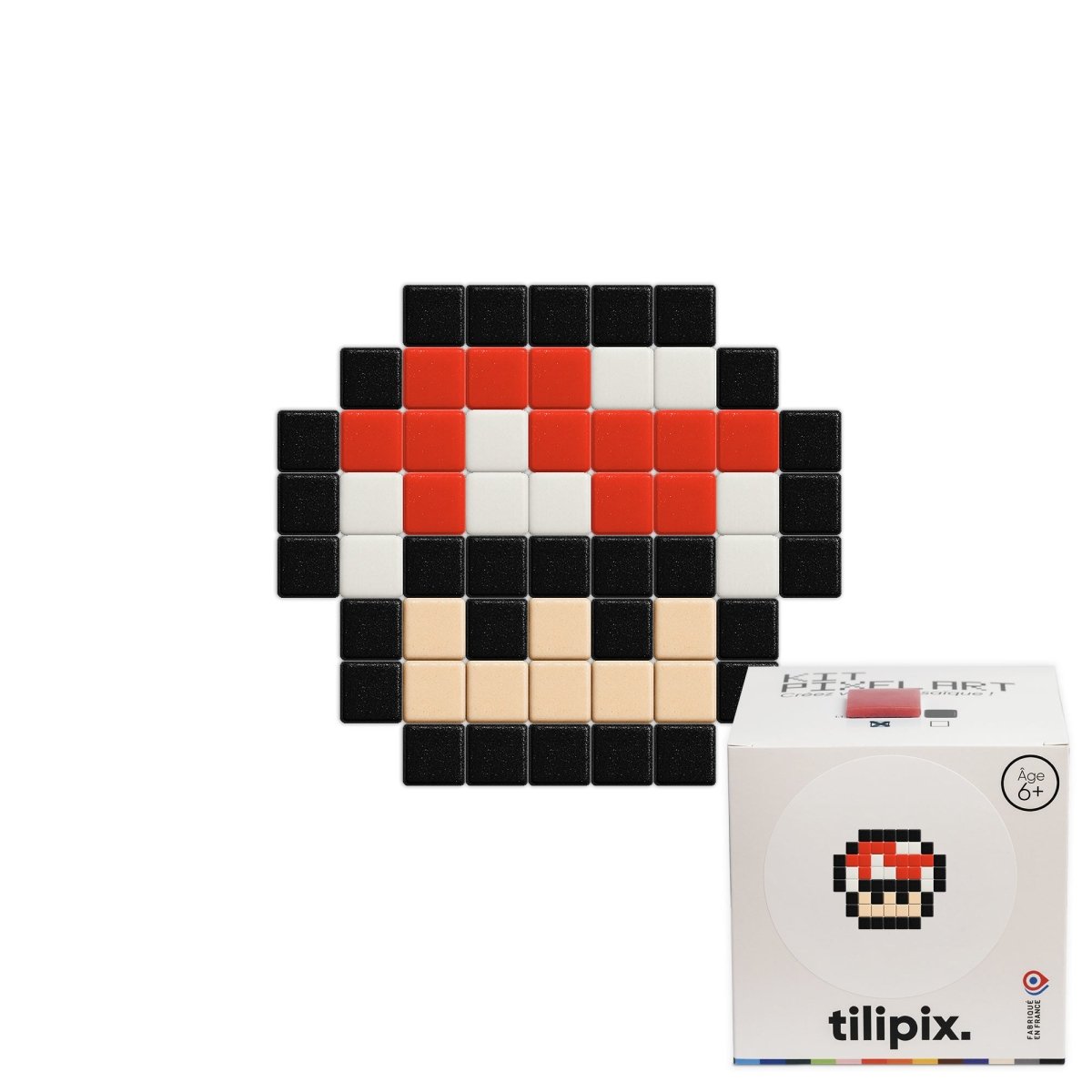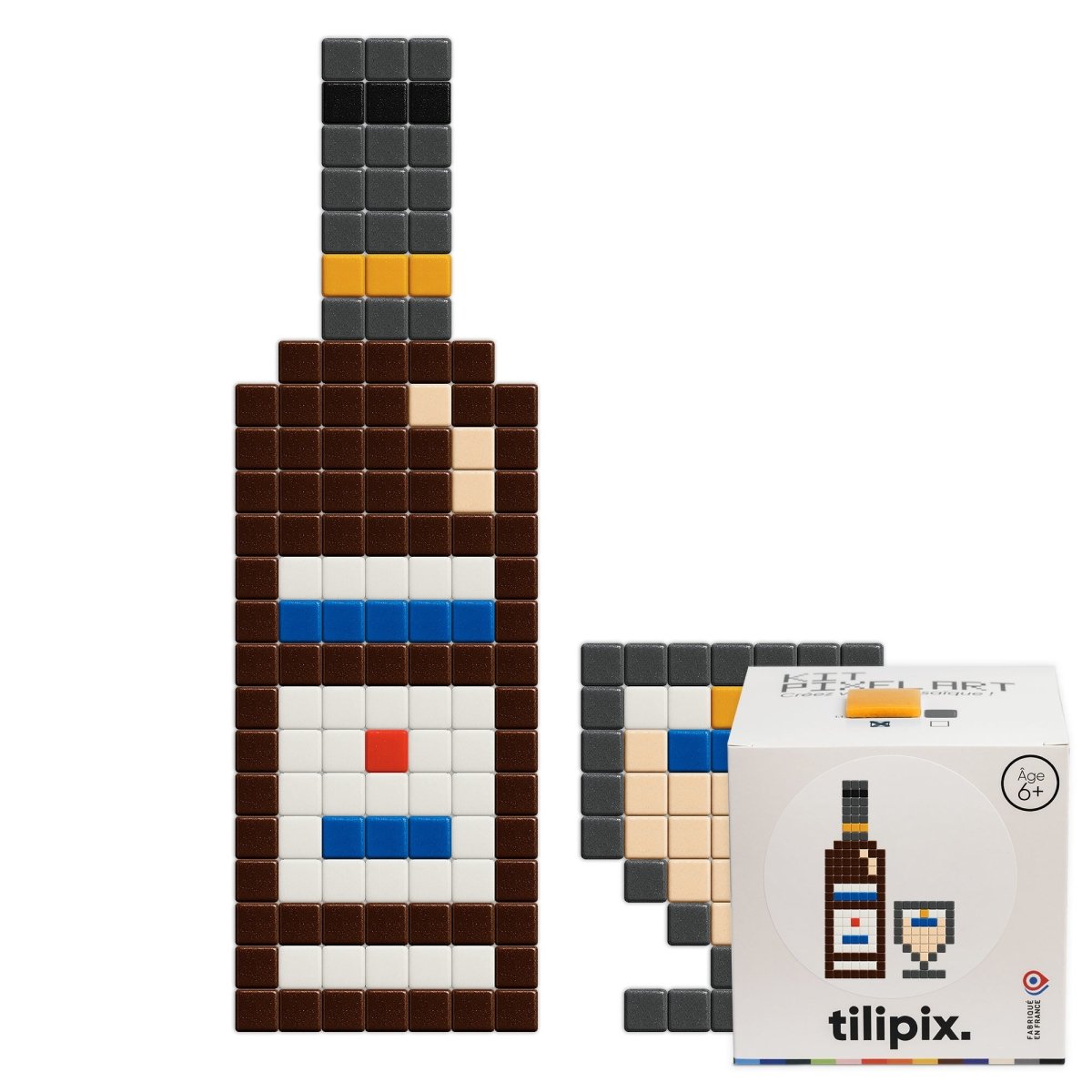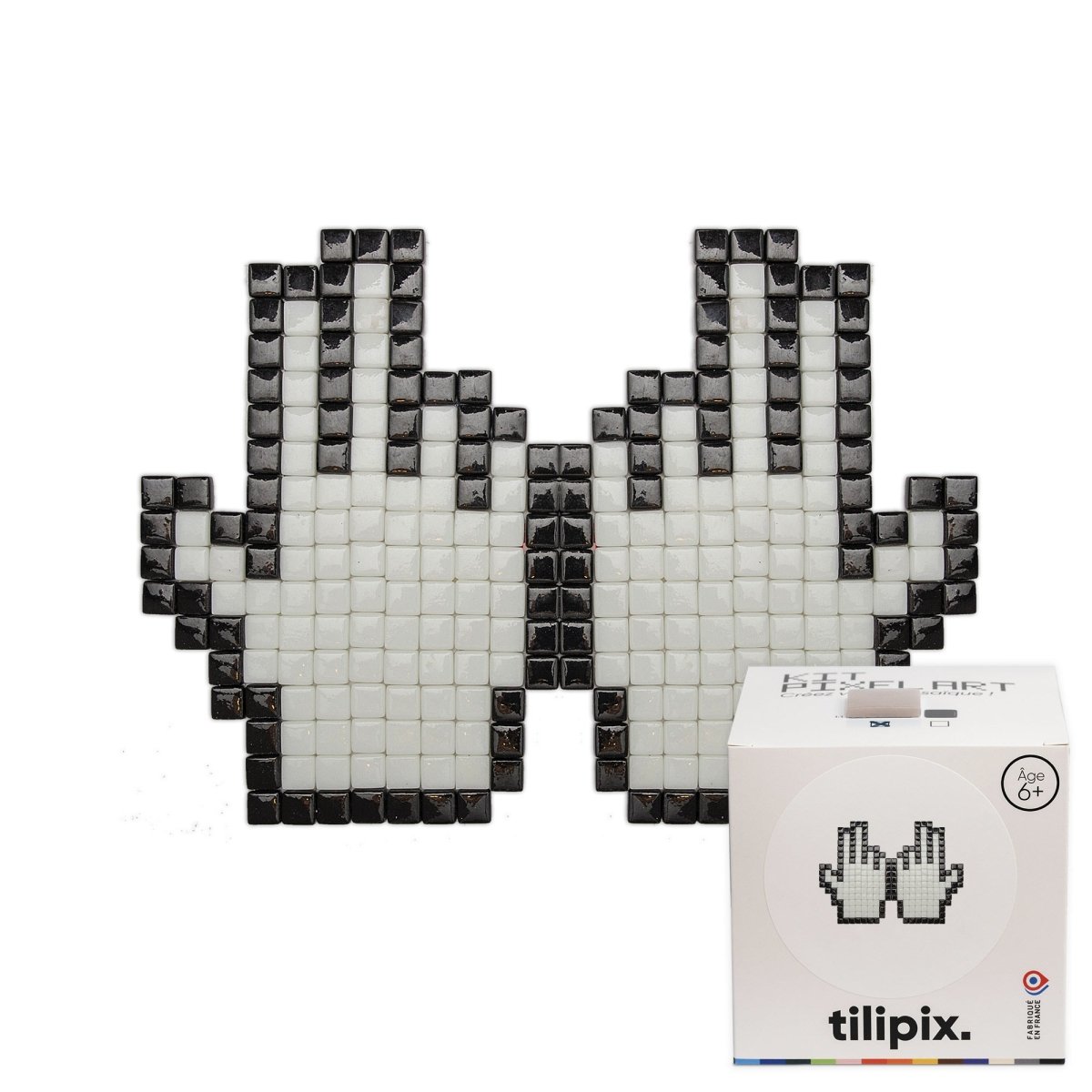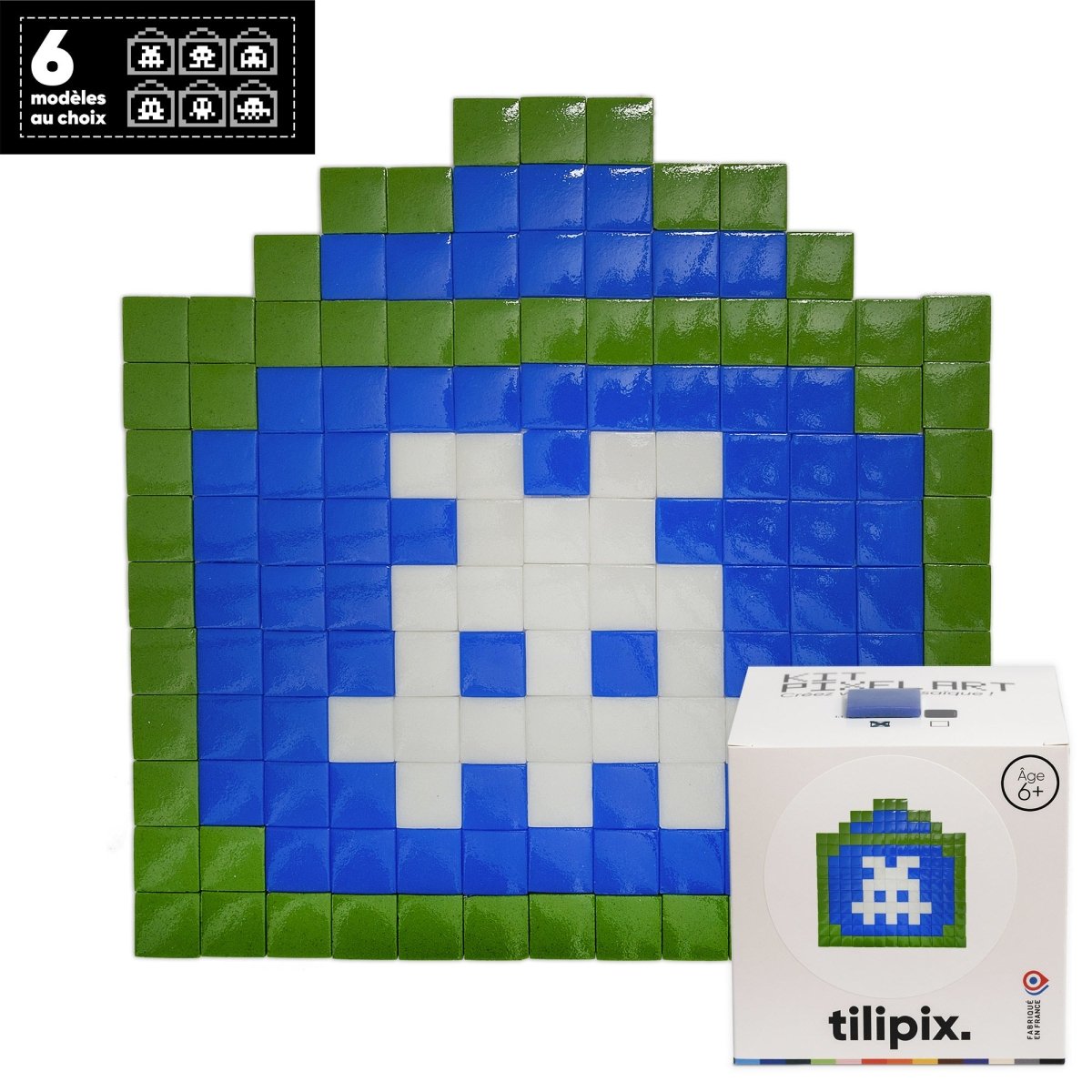Hi qargo, can you tell us more about the person behind this pseudonym? And why did you choose it?
qargo was born from a compelling need to give new meaning to my journey, by reconnecting artistic creation, emotional memory, and intergenerational sharing. After an intense experience in the startup world, I felt the need to return to a more essential, direct, and embodied form of expression. The name qargo encapsulates my trajectory: QR code, Art, LEGO. Three fundamental dimensions of my work. LEGO, this universal and intergenerational toy, has become my exclusive artistic medium, a powerful tool for transmission. The QR code, for its part, is not simply a technological element: it has become a narrative vehicle, an interactive gateway. Together, they have allowed me to invent a visual language that touches on memory, emotion, and meaning.

What was your first contact with urban art? What made you want to get involved in it?
Urban art has always captivated me. It disrupts the flow, provokes the unexpected, and opens up a realm of emotion within the everyday. In 2019, while traveling in Asia, I first encountered a QR code used as a payment method in a Bangkok tower called Pixel Tower. It was a revelation. At that time, QR codes were still relatively unknown in Europe. Intrigued, I sought to learn about their origins, and that's how I discovered the exceptional journey of their inventor, Masahiro Hara. A discreet yet visionary figure, whom I consider a contemporary Gutenberg. I then had an intuition: to create a QR code entirely out of LEGO. Once this first experiment was successful, I understood that I had found a unique tool for communication and storytelling. A work of art could now represent a character on one side and, via the QR code on the other, reveal their story, their values, their impact. This idea profoundly moved me. She never left my side again.

If you had to define your style in 3 words, what would they be?
Accessible. Narrative. Intergenerational. Accessible, because everyone can enter my works without barriers—LEGO speaks to all, young and old. Narrative, because each creation tells a story, reveals values, and transmits a memory. Intergenerational, because my work speaks to everyone, from those who grew up in the 80s to those discovering art today through digital media. The goal is to build a bridge between generations by highlighting inspiring stories and universal figures.

Can you tell us more about your creative process?
Each artwork is born from an encounter: with a figure who inspires me, a character—real or fictional—whose values or journey resonate within me. I collect images, I observe them, I search for the posture, the expression, the intensity that will best reveal the essence of this character. I construct a custom image, which I pixelate, colorize, and rework until I obtain a representation faithful to my intention. Then comes the assembly phase: each LEGO brick is placed by hand, one by one. A qargo artwork can contain anywhere from a few thousand to over 100,000 bricks.
In parallel, I generate a unique QR code that links to a dedicated page on my website, qargo.art. This page presents the artwork, its history, its technical specifications, as well as an original biography of the person depicted, written by me, and a text explaining the colors, the construction, and the reasons that guided my artistic choices. This is where the immersive dimension truly comes into its own: the physical artwork becomes a gateway to a broader story, a space for exploration.

What are your main sources of inspiration?
My childhood, without a doubt. I grew up in the 80s, immersed in the world of early consoles, pixelated video games, and Japanese anime. This visual culture shaped me. Pixels are more than just a graphic language; they represent a collective visual memory. Japan is a constant source of wonder, rigor, and understated poetry. And of course, meeting Masahiro Hara was pivotal. It took me over a year and a half to meet him, and when I was finally able to present him with a tribute piece in Tokyo, something was sealed. A genuine friendship blossomed from that exchange. His humility deeply inspires me.
What do you consider the ideal spot to exhibit your artwork?
I don't intervene in public spaces per se, but I'm interested in all the places where art can meet the public. Galleries inspired by pop aesthetics, art centers focused on innovation, but also more unexpected places: learning centers, thoroughfares, open museums. The idea is to create an experience accessible to everyone, without filters or elitism. LEGO makes this possible. It facilitates access to art, it awakens curiosity, it triggers emotion.

Can you tell us about your first work?
My first artwork was dedicated to Masahiro Hara. I wanted to pay tribute to the man whose invention profoundly transformed the way we communicate. I sculpted his portrait on one side, and on the back, I created a working QR code, entirely out of LEGO. This code links to a dedicated page retracing his life, his values, and his genius. Once the artwork was finished, I did everything I could to meet him. A year and a half later, in Tokyo, I presented him with this creation. It was a very powerful moment. Since then, we've stayed in regular contact. It's a friendship born from an artistic gesture.
Where can we discover your works?
My creations have been or are being exhibited in several cities: Paris, Tokyo, Dubai, Biarritz, Honfleur, Aix-en-Provence, Val d'Isère, Monaco, Bangkok, Fontainebleau, Venice and Seoul.
Every place is an encounter. My ambition is to continue to showcase my qargo collection, both in France and internationally. I am particularly drawn to Asia, whose culture resonates with my approach.

How many works have you created?
To date, I have created around forty works. Some have never been made public, either because they seemed unfinished to me, or because they didn't fully meet my aesthetic requirements. Others have been exhibited in galleries, presented online on Artsy and Artmajeur, or acquired by collectors and art lovers who appreciate my approach. Each work requires dozens, sometimes hundreds, of hours of labor.

What is your favorite work?
It's difficult to choose, because each work carries within it a part of my history and my convictions. But two creations occupy a very special place in my journey.
The Qargo artwork #22, inspired by Goldorak, is undoubtedly one of the most iconic. I chose to depict only certain key elements—its face and golden wings—in a stylized, semi-abstract composition, almost suspended in time. This deliberate simplification accentuates the symbolic power of the character, as if it were about to emerge from space to defend humanity. The colors—midnight blue, intense red, solar yellow, metallic green—convey the luminous heroism and loyalty of this mythical robot that shaped my childhood imagination. On the back, a LEGO QR code invites you to rediscover this figure through an immersive digital experience. The artwork was signed by Masahiro Hara himself, further reinforcing its emotional and historical significance.
I am also very fond of qargo artwork no. 5, dedicated to Doc Emmett Brown. It embodies visionary audacity, free thinking, and the ability to defy the laws of possibility. Through his exalted gaze, tousled hair, and the electric intensity of the colors used, this piece pays homage to the power of imagination. The QR code on the back acts as a portal to a broader reflection on genius, science, and the future. Hidden within it is a nod to his famous unit of energy: 1.21 gigawatts. This artwork is a celebration of those who dare to invent tomorrow.
These two figures, one a warrior, the other a scholar, embody in my eyes different forms of courage and transmission. And that is precisely what I seek to offer through my sculptures: powerful visual narratives, conveyed by figures that uplift us.

What are your artistic projects and aspirations for this year?
My next exhibition will take place this summer at the CICA Museum, a unique cultural space in Gimpo, South Korea, dedicated to artistic experimentation. Asia is central to my inspiration. I am also exploring exhibition opportunities in Tokyo, Hong Kong, and Singapore—anywhere art can become a shared language. One of my projects would be to organize a new joint exhibition with Masahiro Hara, to explore the themes of transmission, code, and memory together.
![]()
What's your wildest dream?
To create a monumental artwork in a public space: a giant QR code made entirely of LEGO bricks, paired with a powerfully meaningful portrait. A sculpture that would not only be spectacular, but profoundly significant—a signal, a landmark, a totem. Installed in an emblematic location, it would embody both a tribute to a prominent figure, a celebration of passing on knowledge, and an opening to a narrative universe accessible to all.
More than a work of art, a tangible trace in the landscape, to remind us that modernity can also serve memory and the values that uplift us.
And finally, which artist would you like me to interview for the next portrait?
csrk.art , an artist whose work I admire, his visual energy and his grounding in our time.
How can I follow you (website, Instagram account, Flasher username…)?
I would be delighted to introduce you to my world. You can explore the Qargo collection and follow my news on:
→ My website: www.qargo.art
→ Instagram: @qargo.art
→ TikTok: @qargo.art
→ or via my online galleries: Artsy and Artmajeur (links attached)
Each platform is a gateway to a different facet of my work, between material and narrative.


